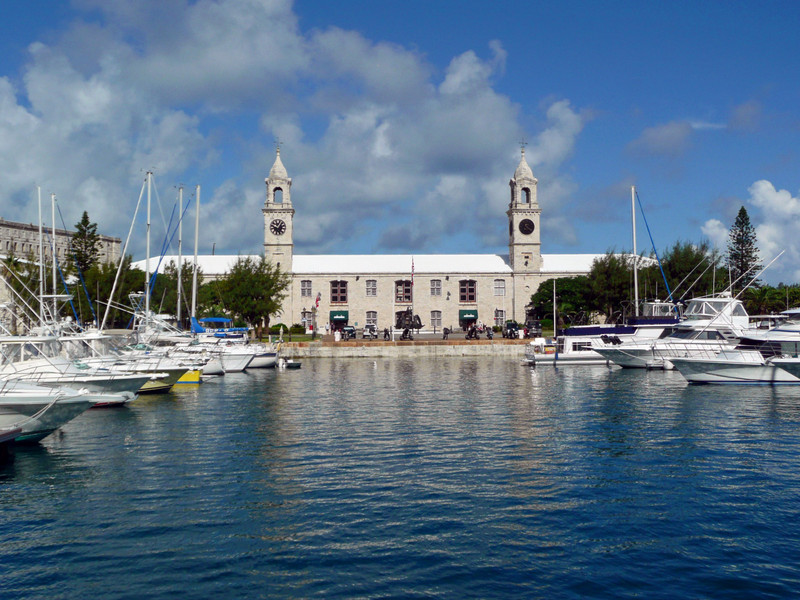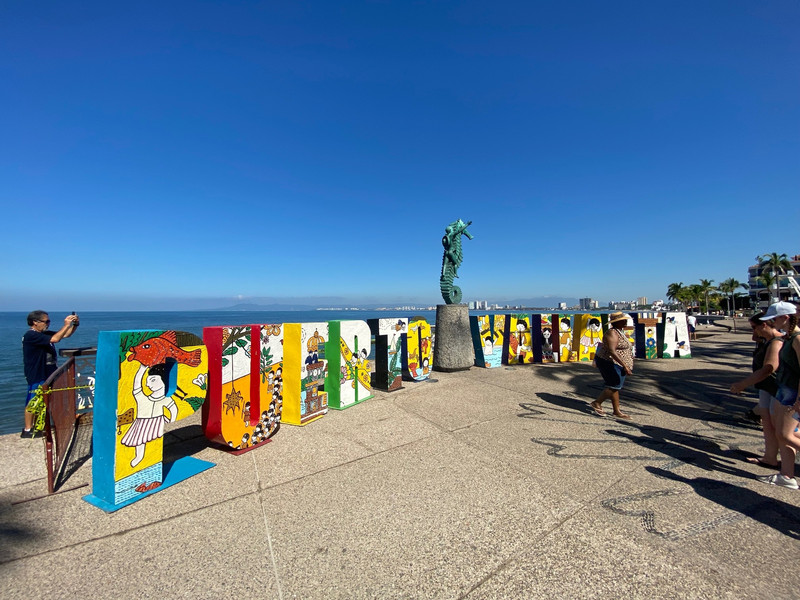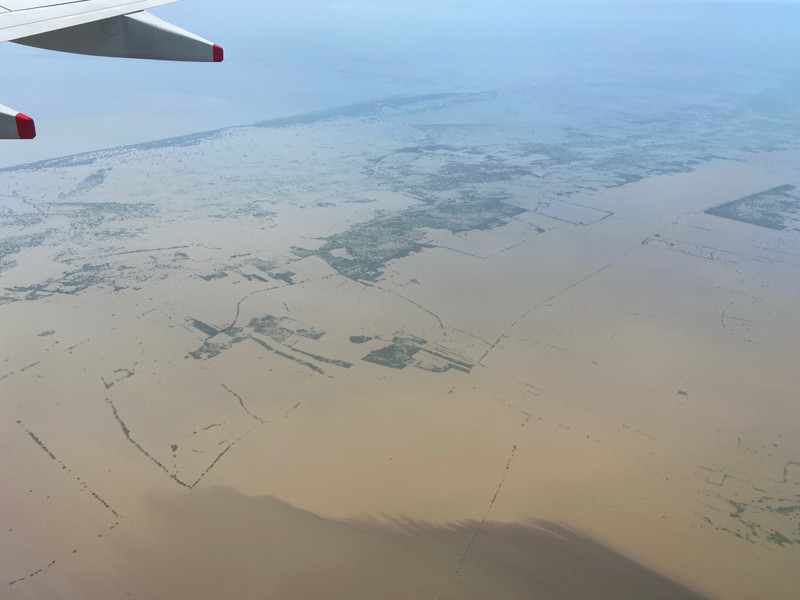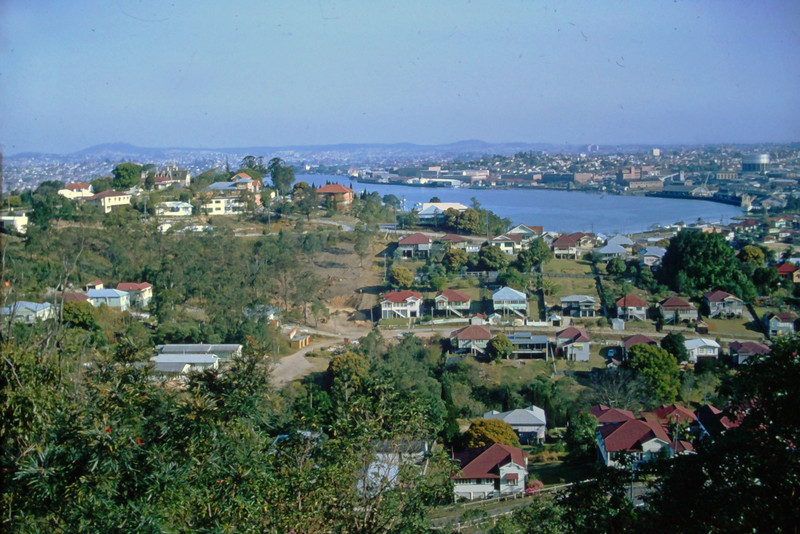Great Eastern Storehouse at the Royal Naval Dockyard. Adaptive reuse as Clock Tower Mall Construction of the Royal Naval Dockyard began in 1809. It remained an active naval base until 1951. One of the towers show the time and the other the time of high tide. Repurposed from 1982 as a museum, cruise centre and tourist attraction. Sandys Parish, Bermuda. P1180105p1
We planned to spend our third day in Bermuda around the Dockyard in Sandys Parish (Ireland Island) and take the bus as far as the Fort Scaur site. All started well. We were off the ship before 9:00 a.m. and headed for the Bermuda Craft Market. But, before we could get there, a huge rainstorm came up! This wasnt a light squall like wed experienced in Hamilton, it was a downpour! We were drenched! There was nothing to do but to head back to the ship to change clothes. As we headed for our cabin, our steward spotted us and handed us extra towels to dry off. Very nice! By the time we dried off, changed clothes, and put our wet clothes up to dry, wed lost an hour. That was the end of the plan to visit Fort Scaur, but there was still the whole Dockyard to explore.
The Royal Naval Dockyard, or HM Dockyard, Bermuda, was built beginning around 1800. The site eventually included fortified defensive positions, storehouses for provisioning ships, a garrison of Army troops, and a floating drydock. (The British invasion of Washington, DC, during the War of 1812 was launched from the Dockyard.) The Royal
Bermuda Moongate at the Dockyard. Moongates have been a Bermuda tradition since 1860. A sea captain is said to have been inspired by a moongate he saw in China. More than 40 are located around the islands. P1180275
Navy abandoned the Dockyard in 1958. Bermuda did not quite know what to do with the facilities and much of the site fell into disrepair. The Casemate Barracks were used a prison for a time. Then, the site was repurposed as a historical site, a cruise terminal, and a Bermuda marketplace oriented towards visitors. The deepwater port could handle the larger cruise ships of today, which could no longer dock at St. George and found Hamilton increasingly difficult to negotiate.
Visitors are greeted at the site by a Bermuda Moongate. The first Moongates were brought from China in the 19th century and have a Bermuda tradition and symbol of good luck. This time, we passed through the Dockyards Moongate with no rain! To the left, a path led between the Bermuda Craft Market and the forbidding Keep Yard. Surrounded by a moat, the Keep Yard was the principal defensive installation protecting the Dockyard from attack. It is now the National Museum of Bermuda. (Formerly known as the Bermuda Maritime Museum.) We wanted to have time to see the museum, so went there first. The Keep Yard itself with its munitions buildings and gun positions form an outdoor
Royal Naval Dockyard: Commissioners House. The prefabricated iron building was among the first of its kind. It now houses exhibits of the National Museum of Bermuda. Built in 1827. P1180494p1
exhibit. All around are large blocks with an arrow design carved into them. I learned these are called Broad Arrows and are traditional British property markers.
The National Museum of Bermuda was formed in 2009 with the addition of the Casemates Barracks and ramparts to the existing Bermuda Maritime Museum. The museum contains exhibits on Bermuda history, slavery, maritime history and tourism. A large mural shows scenes from Bermudas history from the wreck of Sea Venture to the present. The Portuguese were the first to have reportedly landed on Bermuda, in the 16th century, but they did not stay. Bermuda had no indigenous peoples.
They were survey or boundary markers in the Keep Yard used to delineate Royal property. We walked around this before entering the central Commissioners House where the indoor exhibits are housed. The Commissioners House was a prefabricated iron structure, fabricated in Britain and set up in Bermuda.









